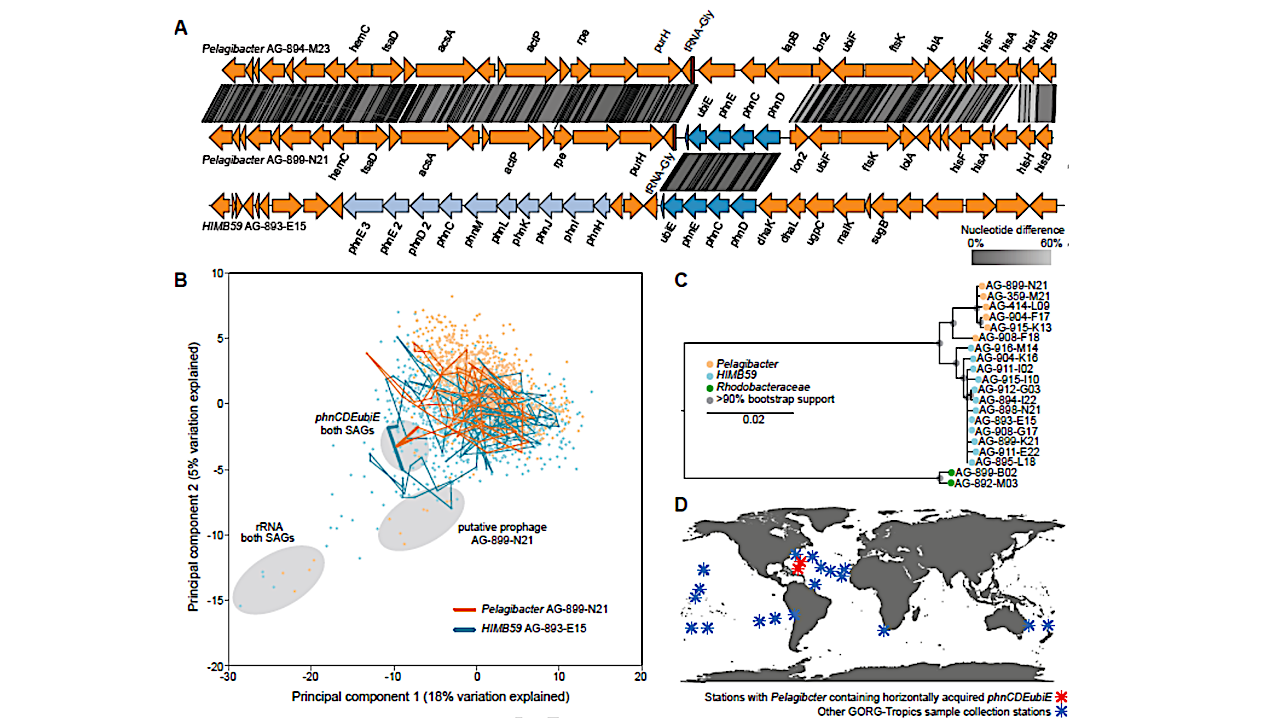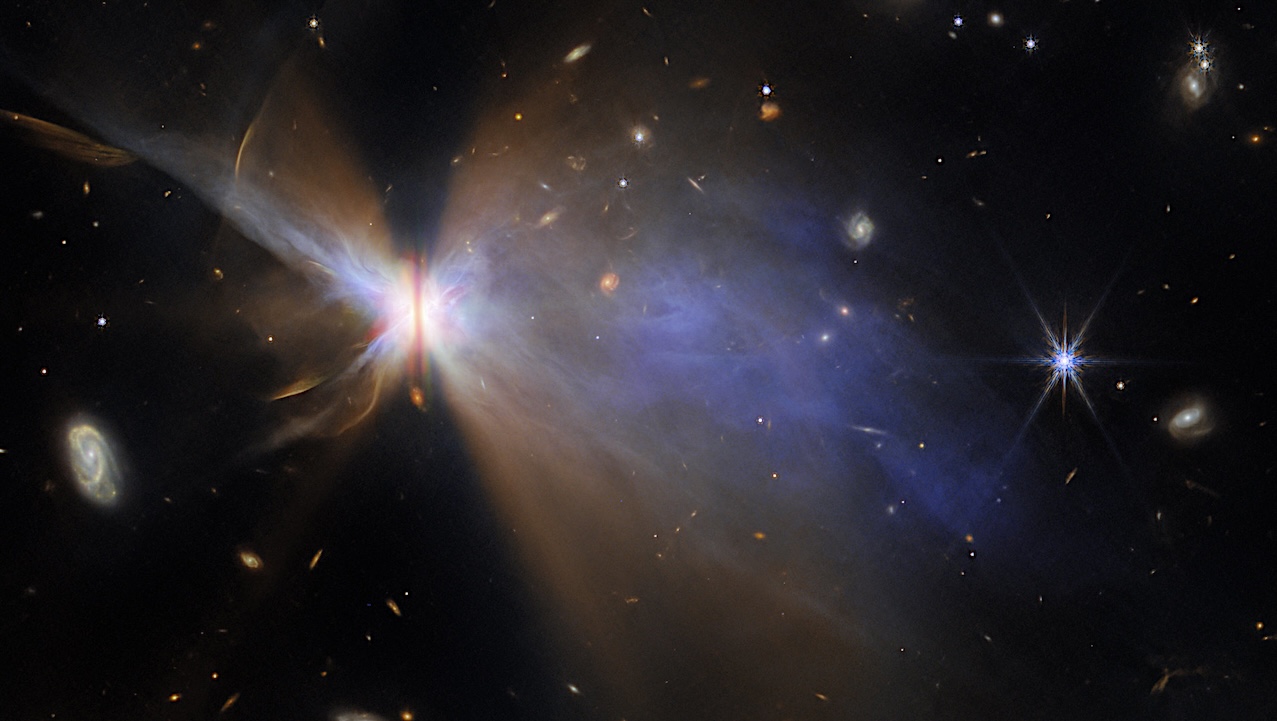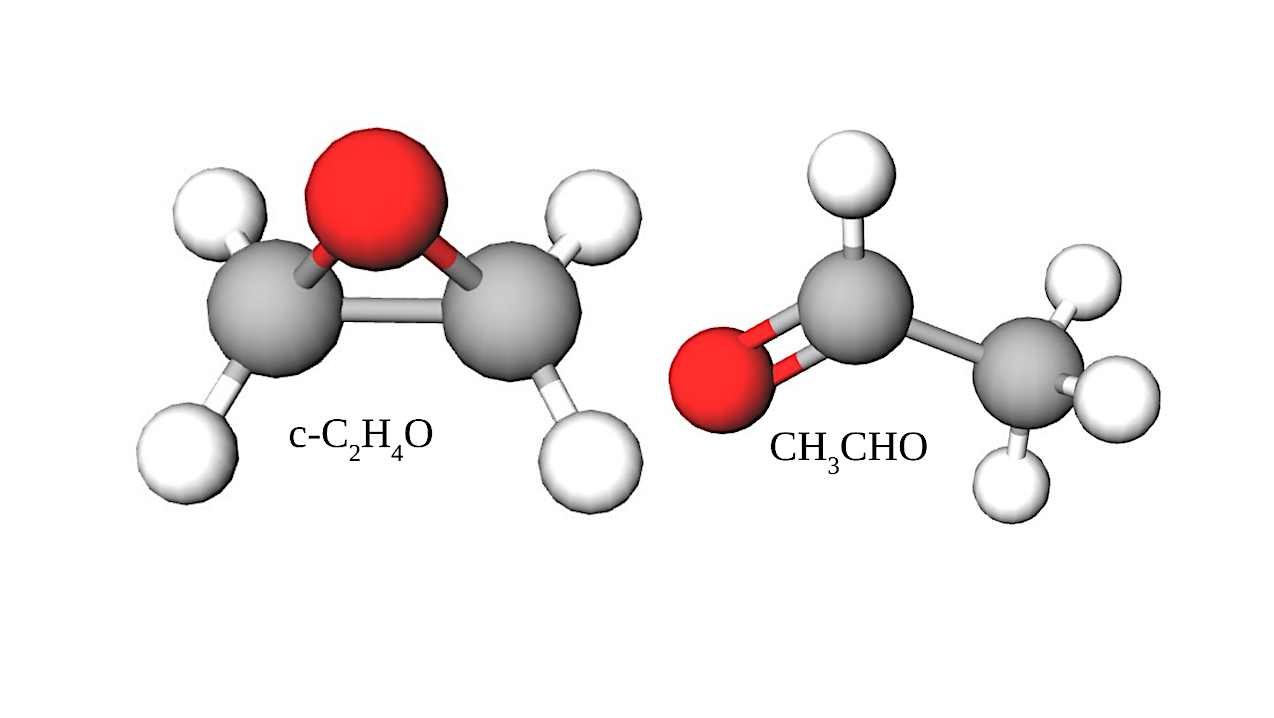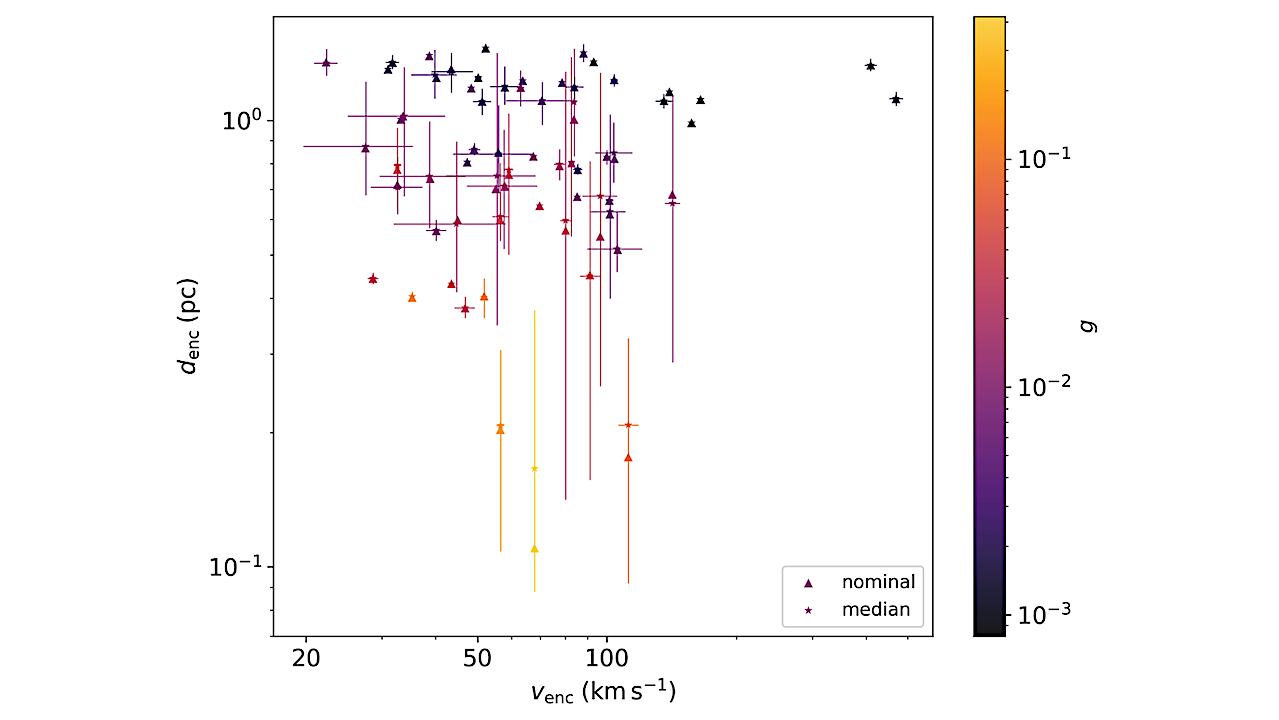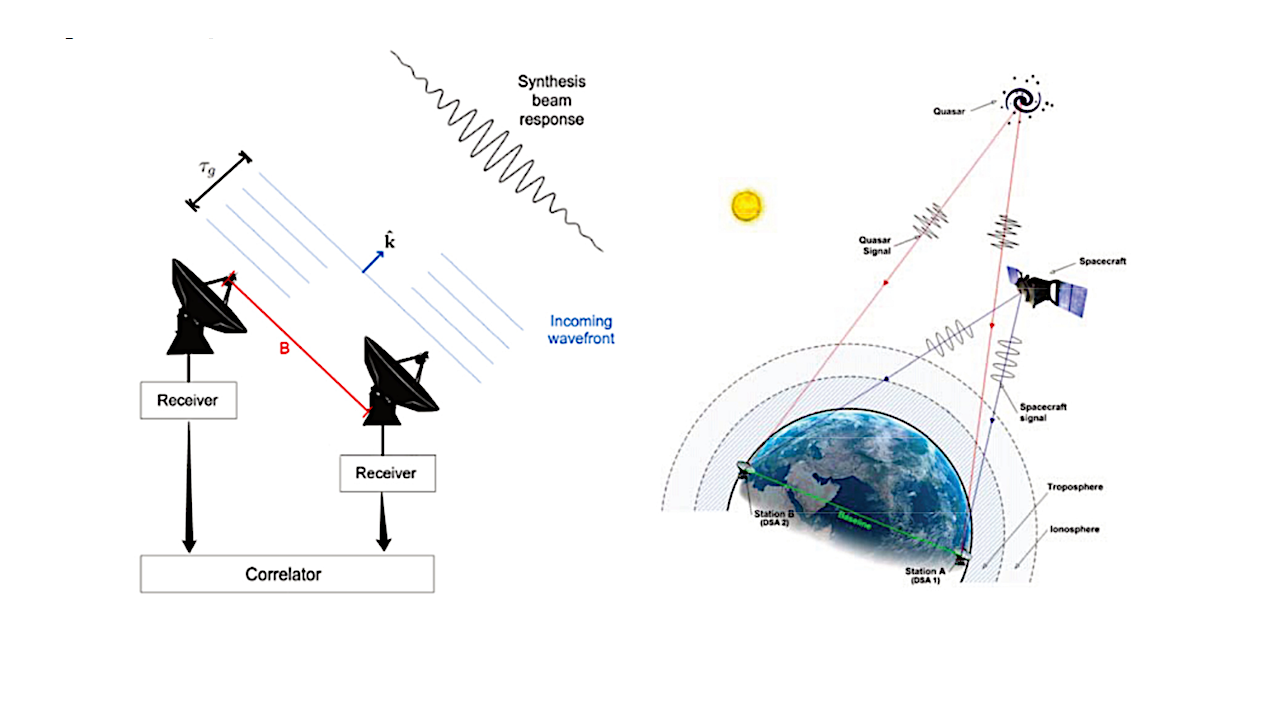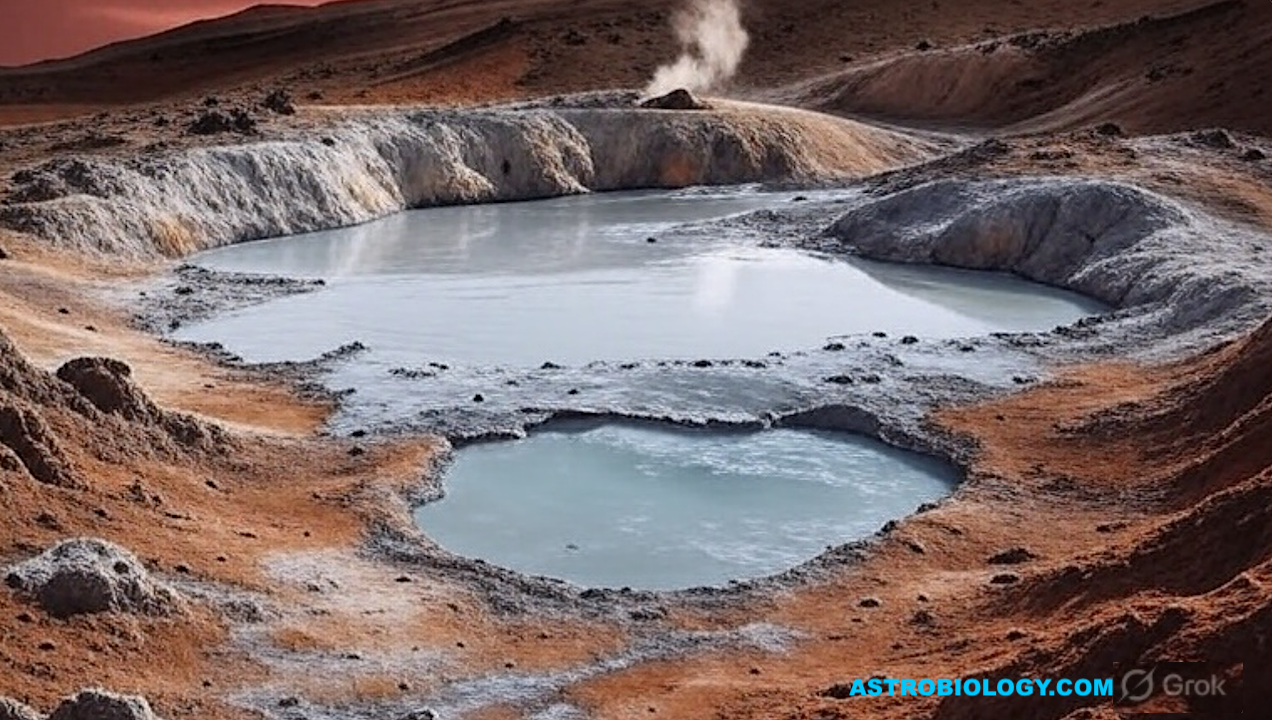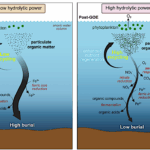Astrobiology and Astrochemistry — Grok via Astrobiology.com The abstract in PubMed or at the publisher’s site is linked when available and will open in a new window. Papers deriving from
Astrobiology28- Page
Evidence for recent LGT and non-homologous recombination of an organophosphate transporter operon phnCDEubiE between HIMB59 and Pelagibacter. (A) Presence of phnCDEubiE genes in only one of the two Pelagibacter genomes
NASA/ESA/CSA James Webb Space Telescope has provided a fantastic new view of IRAS 04302+2247, a planet-forming disc located about 525 light-years away in a dark cloud within the Taurus star-forming
Molecular structures of c-C2H4O and CH3CHO. The grey, white, and red spheres represent the C, H, and O atoms, respectively. — astro-ph.GA Ethylene oxide (c-C2H4O) and its isomer, acetaldehyde (CH3CHO),
Distributions of nominal and median encounter distances denc and encounter speeds venc for encounters with each 95% quantile of denc below 1.5 pc. The left panel represents the nominal values
Left: An interferometer with two antennas, separated by a baseline B and has a time delay between the wavefront reaching the receivers of τg. The fringe pattern is shown, with
A Sample From One Potentially Habitable World Examined On An Inhabited World — Grok via Astrobiology.com Exploring our solar system and returning pieces of it to Earth is a central
Prebiotic Chemistry on Early Earth – Grok via Astrobiology.com Chemical and geological processes on prebiotic Earth are believed to have resulted in the emergence of life through the increasing organization
Astrobiology Science Conference 2026 Submit a Session or Town Hall Proposal for the Astrobiology Science Conference 2026 Join the astrobiology community in Madison, Wisconsin, 17-22 May 2026 for AbSciCon26. AbSciCon26
Humans on Mars — Grok via Astrobiology.com As focus for exploration of Mars transitions from current robotic explorers to development of crewed missions, it remains important to protect the integrity
-
 012024 in Review: Highlights from NASA in Silicon Valley
012024 in Review: Highlights from NASA in Silicon Valley -
 02Panasonic Leica Summilux DG 15mm f/1.7 ASPH review
02Panasonic Leica Summilux DG 15mm f/1.7 ASPH review -
 03How New NASA, India Earth Satellite NISAR Will See Earth
03How New NASA, India Earth Satellite NISAR Will See Earth -
 04And Thus Begins A New Year For Life On Earth
04And Thus Begins A New Year For Life On Earth -
 05Astronomy Activation Ambassadors: A New Era
05Astronomy Activation Ambassadors: A New Era -
06SpaceX launch surge helps set new global launch record in 2024
-
 07Space Force plans new ‘Futures Command’ amid pressure to speed up modernization
07Space Force plans new ‘Futures Command’ amid pressure to speed up modernization



